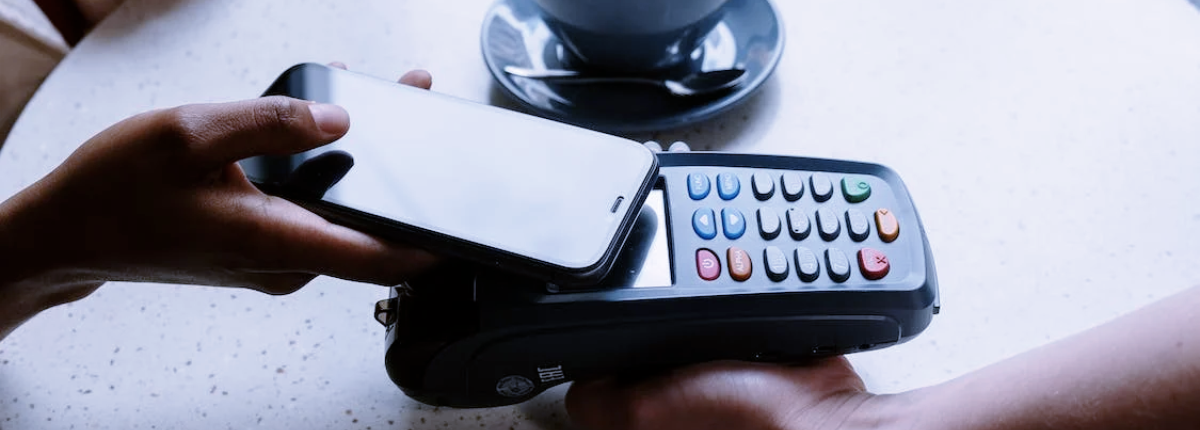Card Reader or POS System: definition and types

Do you want to accept card payments in your ecommerce and don’t know where to start? From Posland, the expert portal in Card Reader and POS, we solve the most frequent doubts about this payment service.
⭐⭐⭐⭐⭐
- Cheap and easy to use POS.
- Sign up for only 39£.
- 1.69% commission for transaction.
- Online contracting and without permanence.
⭐⭐⭐⭐⭐
- Pay only for each transaction.
- Receive it for only 29£.
- Commission of 1.10% + 0.07£.
- Good customer service
⭐⭐⭐⭐⭐
- Low-cost POS (one-time payment of £29).
- 1.75% per transaction.
- No maintenance fees.
- Linked to cell phone.
⭐⭐⭐⭐⭐
- POS without permanence.
- Registration for only 16£ + VAT.
- Commission of 1.75% per transaction.
- Simple, portable and compact.
What is a Card Reader or POS?
A Card Reader is a device used to receive payments in stores, usually by credit card, debit card or mobile payments (Apple Pay, Google Pay or Samsung Pay).
The device is operated through a connection to a national landline, a SIM card or a WiFi network. In this way, it is possible to connect the merchant with the customer’s bank. The Card Reader is associated with a current account of the business, into which the amount of sales processed through this payment system is credited.
There is often confusion with the terms Card Reader and POS. Although they are not exactly the same, most people use both concepts to refer to the same device.
What is a Point of Sale Terminal (POS)?
A Point of Sale Terminal or POS is the complete system that allows a merchant to manage payment transactions in a business.
The POS system includes the dataphone to accept card payments, but it also includes the computer system that allows to unify the sales of an establishment: the POS has a management software, cash register for cash payments, screen, barcode reader, card reader or Card Reader…
Card Reader types
There are different types of Card Reader according to their communication system and how they are used:
Fixed Card Reader
This type of Card Reader is connected to the network by cable. It is ideal for physical stores, it is resistant and compact. It is the most common Card Reader, which is usually placed next to the cash register to charge customers. It can be connected to the network via Internet cable or WiFi.
It is used in grocery stores, supermarkets, clothing stores…
Wireless Card Reader
This is a POS that can be used without being connected to cables, so it can be used to charge anywhere in the business. Although the base is located in the establishment, the device can be moved around the business to be able to charge customers.
It is used in hospitality businesses such as restaurants, bars or cafes.
Portable Card Reader
These are those that have their own SIM card inserted, allowing payments to be accepted at any location. This format is ideal for vendors who need to receive card payments outside the establishment.
It is used to collect payments at home deliveries, fairs and markets, home repair services…
Mobile Card Reader
This type of Card Reader is interesting, as they are light, practical and usually cheaper, as they must be associated to a cell phone to be used. It is a card reader that connects via Bluetooth to the cell phone to be able to use its Internet connection and process payments.
It is used by small businesses or stores that need to attend events and trade fairs and collect payments abroad.
Where to get a Card Reader for your business?
When it comes to getting a Card Reader to accept card payments in your business, you can choose from the different options available to you.
Renting a POS from the bank
This is usually the alternative that most business owners who are looking to offer Card Reader payments in their establishment think of first. From Posland, we emphasize that it is not usually the best option, especially if you are an SME or self-employed and do not have a high turnover.
The financial entity usually requires the professional client to have a business account open with the entity in order to be able to contract the POS or Card Reader.
And why is this not always the best alternative? The banks apply different costs to the companies that contract this service:
- Monthly fee for the rental of the terminal (between 20 and 70£).
- Variable cost for each transaction
- Installation and set-up costs
- Cost for refunds
- Costs for repairing the terminal in case of failure.
Buying a Card Reader from a payment services company
If you have a small business or you are a self-employed professional, you may find it much more economical to buy a Card Reader from companies such as SumUp, myPos, Zettle, Square….
These are companies that usually sell you the Card Reader through a single payment, without applying monthly rental fees, since the terminal will be yours. For example, this is how much it will cost to receive the most popular POS terminals at your home:
- SumUp: 39£ + VAT
- myPos: 29£ + VAT
- Zettle: 29£ + VAT
- Square: 19£ + VAT